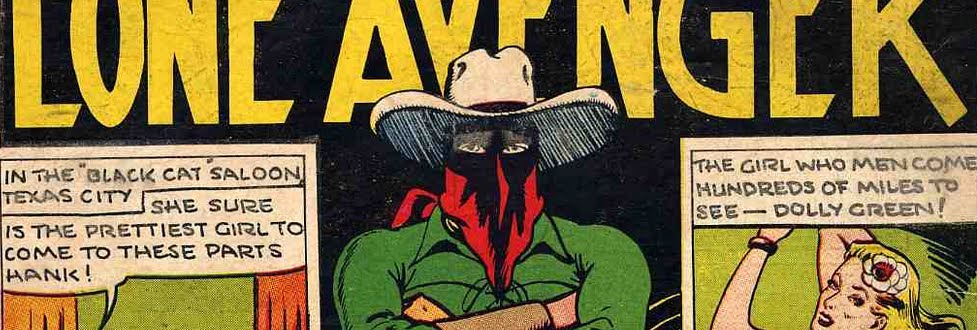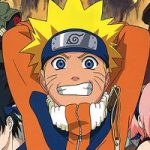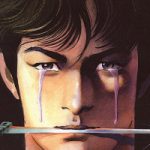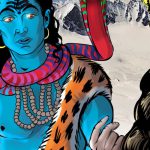Lone Avenger, The
Regions: Australia

Australia shares with the United States an historical experience of frontier expansion marred by violent clashes between armed outlaws and the forces of law and order. This may explain why American portrayals of the “Wild West” in pulp magazines and motion pictures found readymade audiences in Australia during the first half of the twentieth century. Unsurprisingly, Australian comic-book publishers of the 1940s achieved their greatest successes in producing locally-drawn interpretations of American cowboy heroes – but none were more popular than The Lone Avenger.
Brandishing a pair of Colt revolvers, his face concealed by a red hood and wide-brimmed hat, The Lone Avenger could have been easily mistaken for a villainous gunslinger. But Australian readers who met him in the third issue of Action Comic (1946) – no relation to its American namesake – knew he was Paul Nicholls, a handsome cowboy dedicated to fighting crime after his family was murdered by cattle rustlers when he was a child. Dressed in a green shirt, leather gauntlets, white buckskin pants and brown boots, The Lone Avenger cut a dashing figure as he pursued lawbreakers throughout the American West astride his horse, “Midnight”.
Created by Len Lawson (1929 – 2003) for Sydney publisher H.J. Edwards, The Lone Avenger was an immediate hit, and took over the entire contents of Action Comic by 1948. A Junior Lone Avenger Club was formed the following year, which offered members the chance to win a range of merchandise, including gun-belts and gauntlets.
Nicholls’s Aunty Emmy and Uncle Jimmy were introduced as the only people who knew their nephew was The Lone Avenger (Action Comic, No.22, ca.1948). Aunt Emmy in turn introduced Nicholls to Carolyn Grey, a beautiful bank teller who deduced The Lone Avenger’s true identity and eventually became his fiancé. When The Lone Avenger was subsequently appointed Marshal of Redrock, he was accompanied by his giant deputy, “Bull” Malone.
The series drew on stock characters and dramatic scenarios common to the “Western” genre, and pitted The Lone Avenger against the standard retinue of cattle rustlers, bank robbers, tyrannical landowners and renegade Indians. However, Lawson made effective use of macabre characters, such as Doll Face, a hideously-scarred female outlaw (Action Comic, No.41, ca.1950) and The Mask, a master of disguise (Lone Avenger Special, No.17, ca. early 1950s), which set it apart from other “Western” comics.
Little, it seemed, could dent The Lone Avenger’s popularity. When Lawson was convicted of rape in Sydney in 1954, H.J. Edwards removed Lawson’s name from the cover of Action Comic and assigned another (uncredited) artist to continue drawing the series until the magazine’s demise in 1957.
–Kevin Patrick
Further Reading:
- Ryan, John. Panel by Panel: A History of Australian Comics. Stanmore, NSW: Cassell Australia, 1979. Print.
- Shiell, Annette, ed. Bonzer: Australian Comics 1900s-1990s. Redhill South, VIC: Elgua Media, 1998. Print.
- Taylor, Paul. ‘Len Lawson: A Monster Behind the Mask’. In Rip Off: Australian Fraud, Deception and Dirty Tricks, 187-190. Scoresby, VIC: Five Mile Press, 2011. Print.


